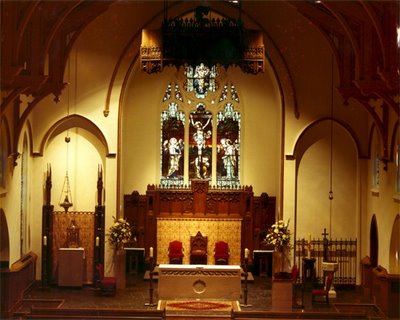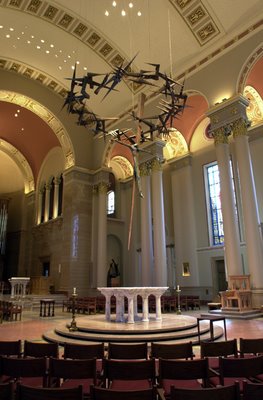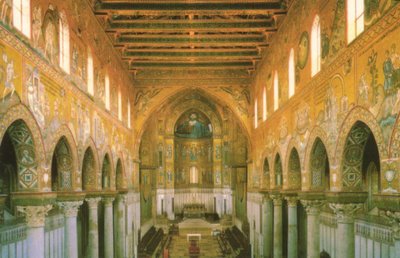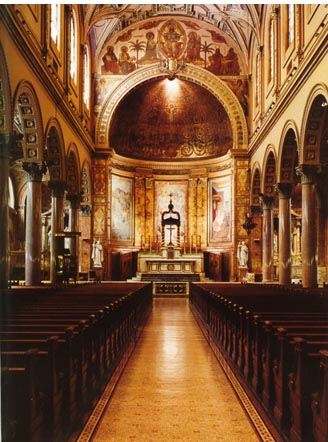Insight and Courage
. . . not a single person responded. . . . I fear that we Americans have become in many ways a society of wraiths.
—Caryl Johnston, April 29, 2006
If the national conscience is willing to ignore the shame of Guantanamo, it'll ignore anything, as it very well has.
— Pierre Tristam, November 6, 2002
Abraham saith unto him, They have Moses and the prophets; let them hear them. And he said, Nay, father Abraham: but if one went unto them from the dead, they will repent. And he said unto him, If they hear not Moses and the prophets, neither will they be persuaded, though one rose from the dead.
—Luke 16:29–31
People miss things. The Roman Empire took only enough notice of Jesus to kill him.
– Notes, August 31, 2004
A civilization greater than ours crucified Christ. We have many intelligent men and women today, but their awarenes tends to be confined to specialties professional and avocational. Any truth truly told is comprehended by only a few persons. Even these few soon find their minds distracted by the next emergency.
The demotic culture in decadence did not suffer from inertia. It was active in proportion to its predicaments; paralysis in one domain — and incompetence in many — excited lively efforts to overcome them. Many shrewd minds, accurately noting the condition of stasis, urged plausible remedies; nobody pretended that apart from science and techne advance was taking place. But some hesitation was shown about applying the word Decadence to the whole West and the whole era, as our distance from it now [A.D. 2300?] enables us to do without tremor.
That reluctance was natural but — again — it did not preclude insight and courage.
— Barzun, From Dawn to Decadence, 2000, p. 798.
If it has been given to you to see, see and take heart.













